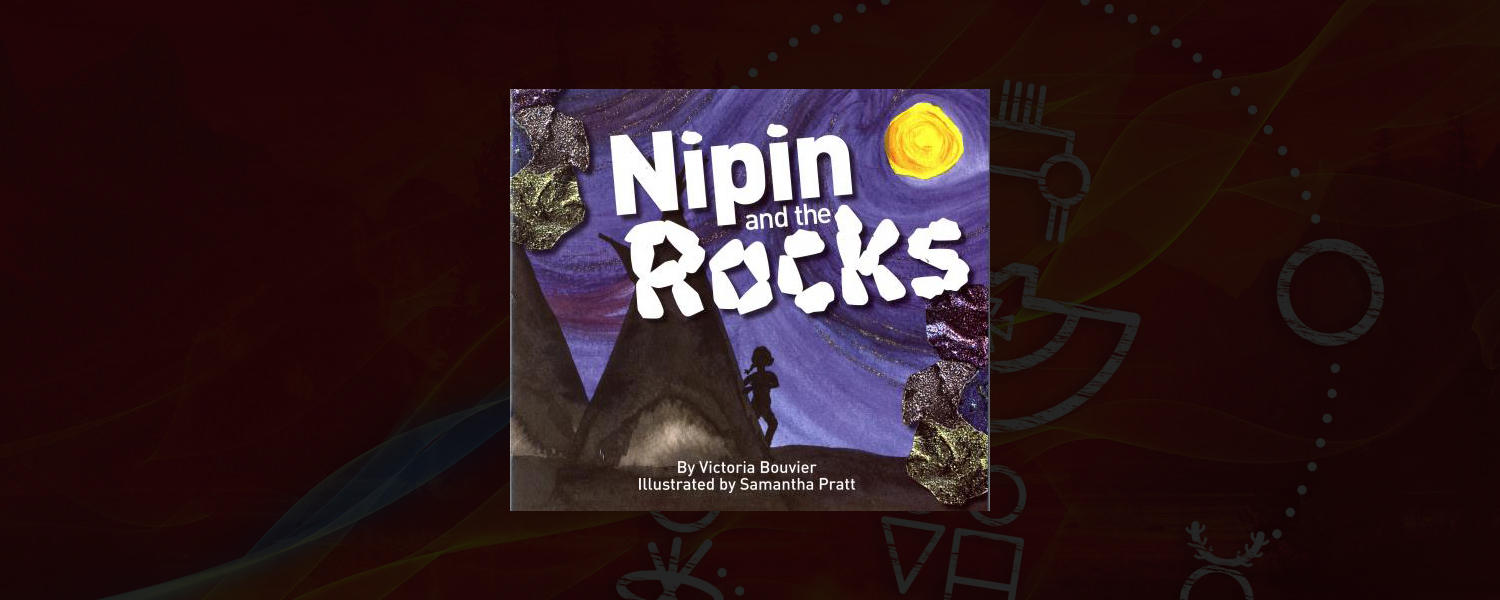
Nipin and the Rocks
by Victoria Bouvier & Samantha Pratt
Description:
Publisher's description (Pemmican Publications, 2015):
In a Cree village many years ago, wise Mosom tells his timeless stories through a collection of dazzling rocks. Young Nipin yearns for those rocks, but he soon learns that the gifts cannot be stolen so easily.
Author's description (Louis Riel Institute, 2015):
Vicki Bouvier completed her MA at University of Calgary. Her thesis is entitled “Re-Storying Métis Spirit: Honoring the Lived Spirit” (2016). She is also a children’s book author of Nipin and the Rocks, (illustrated by Samantha Pratt) Winnipeg: Pemmican Publications, 2012. Her. roots are in the Michif community of Boggy Creek, Manitoba. She is the daughter of Ephram and Theresa Bouvier. Ephram (1945-2011) was active in Métis Nation of Alberta and was a Vice
President of Region III.
Resource format: Picturebook
Age recommendation: Kindergarten - Grade 3
Keywords: telling the truth, emotions, greed, health, character building, Cree, storytelling, Metis, rocks, story, tales, tradition, actions, affects on others, relationships, kinship, communication, traditions, community, culture, feelings, emotional regulation
Year of publication: 2015
Publisher information: Pemmican Publications
Teaching and Learning Ideas
Our team collaborated with new teachers, alumni of the Werklund School of Education’s Bachelor of Education program, to create teaching and learning plans for texts in this website. With audiences ranging from Pre-Kindergarten to Post-Secondary, lesson plans across this resource address a wide range of school subject areas, inclusive approaches, and Indigenous education topics, such as the revitalization of Indigenous languages. As this website was designed with Undergraduate Programs in Education instructors, as well as teachers in mind, connections to UPE courses have been flagged on each lesson plan. These lessons are intended as a starting place for educators, to help you envision ways in which you might bring Indigenous literatures, as well as ways of knowing, being, and doing, into your teaching contexts. Please adapt, use, and share these lessons in ways that are generative for your teaching practice. We offer our sincere thanks to the dozens of new teachers who gifted us with these creative ideas!
Return to Search for Resources
